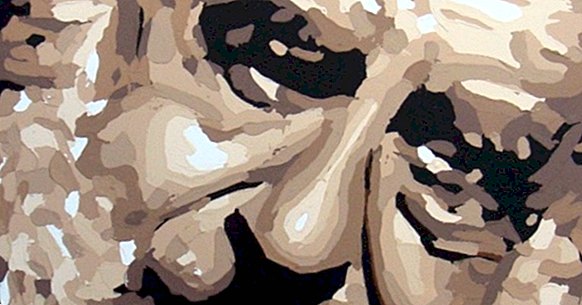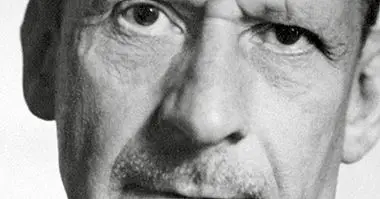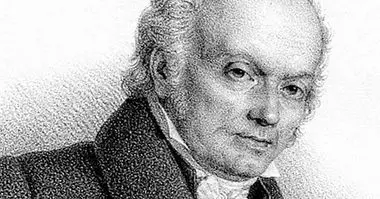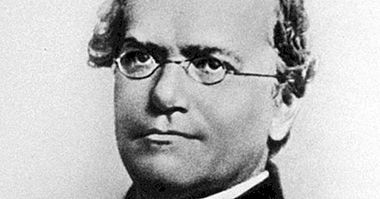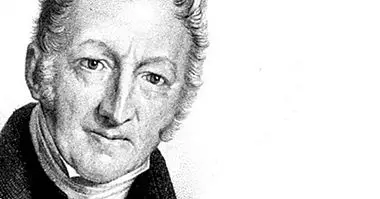Biography of Fritz Perls and his contributions to Psychology
The Gestalt therapy , developed by Fritz Perls , Laura Perls Y Paul Goodman In the 1940s, it is a model of humanistic-existentialist therapy that was originally designed as an alternative to conventional psychoanalysis.
Gestalt therapists use experiential and creative techniques to improve the patient's self-consciousness, freedom and self-direction. The German word Gestalt it can be translated into Spanish as "form" or "contour".
In a previous article we talked in depth about the Psychology of Gestalt . If you have not read it yet, we invite you to do so:
"Psychology of Gestalt: laws and fundamental principles"Talking about Gestalt Therapy is talking about Fritz Perls
Talking about Gestalt Therapy is talking about its creator: Fritz Perls . Therefore, let's start by reviewing his biography.
Biography of Fritz Perls

Friedrich (Fritz) Perls He was born in Berlin in 1893. He was a medical student, but shortly before the beginning of First World War He interrupted his studies. However, although at the age of 21 he joined the Red Cross, this was no obstacle for him to continue his studies. A) Yes, in 1920 he obtained a doctorate in Medicine and specialized in Neuropsychiatry to .
Three years later, Fritz begins his journey as a globe-trotter and makes a series of trips (for example to the United States) in order to expand their knowledge about his new profession. In 1926 he meets Karen Horney, with whom he will share a close relationship. Thanks to her, she became interested in Psychoanalysis and began to study it in different centers and institutes, becoming a psychoanalyst. So, Fritz was interested in psychoanalytic psychology, although later, in contrast to psychoanalysis, Fritz created Gestalt Therapy .
His life in South Africa with Laura Perls
In the year 1930, he married Laura Posner, later known as Laura Perls. Due to the regime of Hitler and the Nazi Germany, in 1933, decides to emigrate to Johannesburg (South Africa). There he founded the South African Institute of Psychoanalysis; in 1942 he published his first book, "Ego, Hunger and Aggression"; and from 1942 to 1946, he worked as a psychiatrist in the army of South Africa .
Travel United States and the consolidation of Gestalt Therapy
In 1946, he moved with his family to New York where he worked for a time with Wilhelm Reich and Karen Horney, but soon began working with Paul Goodman in Manhattan. Together with this one and with Ralph Hefferline, published the book "Gestalt Therapy: Excitation and Growth of the Human Personality" based on the research and clinical data of Fritz Perls .
In 1951 he founded the New York Institute for Gestalt Therapy and began to train psychologists interested in its therapeutic model. That is when Fritz spreads his ideas for the United States and begins to hold seminars and workshops in different countries of the world.
In 1964, Fritz Perls moved to California to teach Gestalt Therapy as a way of life rather than as a model of therapy at the Esalen Institute in California, with which he teamed up, and Laura Perls assumed the direction of the New York Institute. In 1969 he moved to Canada and established a community for therapists . On March 14, 1970 he died in Chicago.
Contribution of Fritz Perls to psychology
Fritz Perls will always be remembered as the father of the Gestalt therapy , a therapeutic model that not only has its roots in Gestalt Psychology, but is also influenced by psychoanalysis, Reich character analysis, existential philosophy, Oriental religion, phenomenology and Moreno's psychodrama.
The Gestalt Psychology affirms that the mind is a self-regulating and holistic unit, and is based on the principle that "the everything is more than the sum of the parts " .
If you want to know more about Gestalt Therapy, we invite you to read our article:
"Gestalt therapy: what is it and on what principles is it based?"Gestalt Therapy more than just a psychotherapy
Gestalt Therapy it is considered a model of humanistic psychotherapy and puts its accent on the present moment and the self-awareness of the emotional and corporal experience , generally censored in Western culture.
One of its peculiarities is that It is not considered a simple psychotherapy, but an authentic philosophy of life , that influences the way of perceiving the relations with the world on the part of the individual.Therefore, and following the gestaltista principle of "everything is more than the sum of the parts", the human being is seen from a holistic and unifying perspective, integrating at the same time, its sensorial, affective, intellectual, social and spiritual dimensions, and understanding this one in his global experience .
In search of self-awareness
His practice uses "insight" regarding the patient's experiences, encouraging him to explore creatively the way to find his own satisfaction in the different areas of his life . The basis of this therapeutic model is the patient's self-awareness regarding their behavior, their emotions, their feelings, their perceptions and their sensations. Therefore, it does not only focus on explaining the origins of the difficulties and pain that the individual may feel, but also allows experimenting and experimenting with new solutions. It is more important than why, that is, when an individual understands how he does what he does, he can understand why he does it.
The therapist does not tell the patient what to do, but rather uses the educational capacity of the dialogue, and is more concerned with the bond of trust with it, with the aim of increasing the authenticity of the relationship . Although Fritz studied medicine, Gestalt Therapy is a more educational than medical approach.

